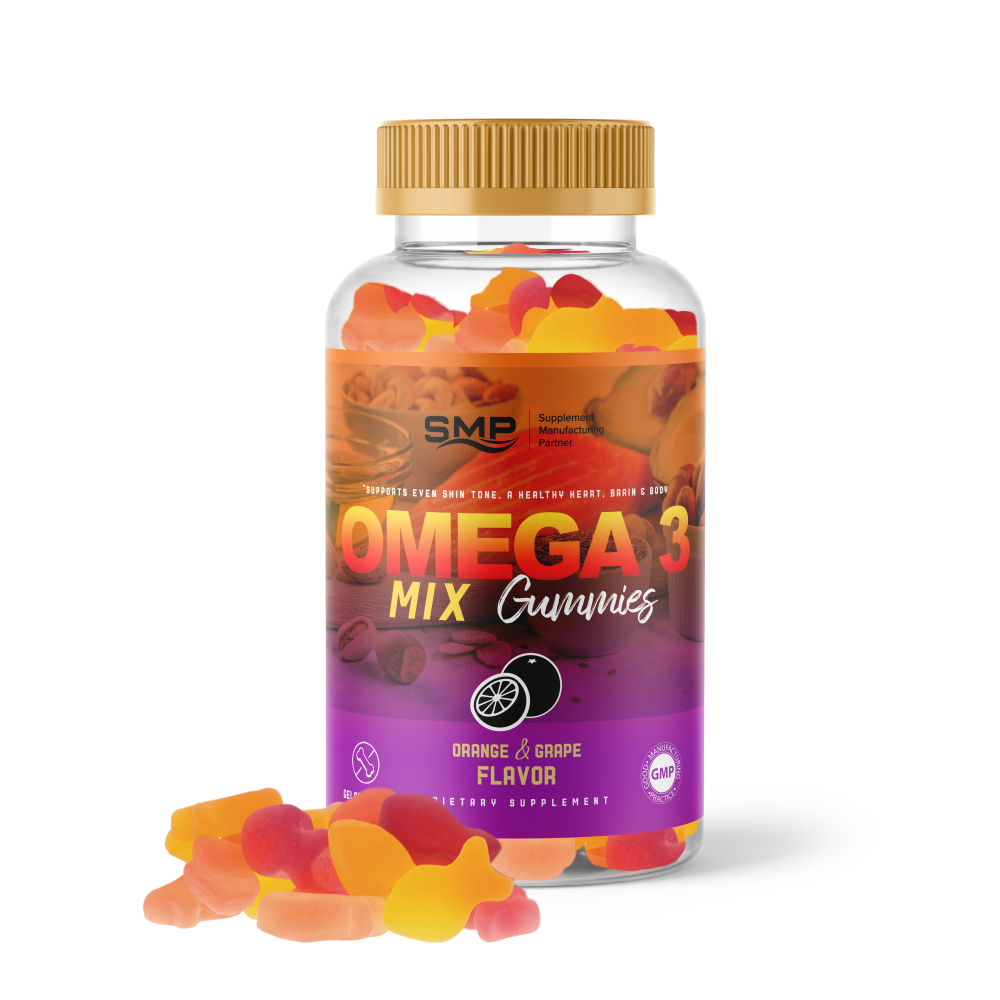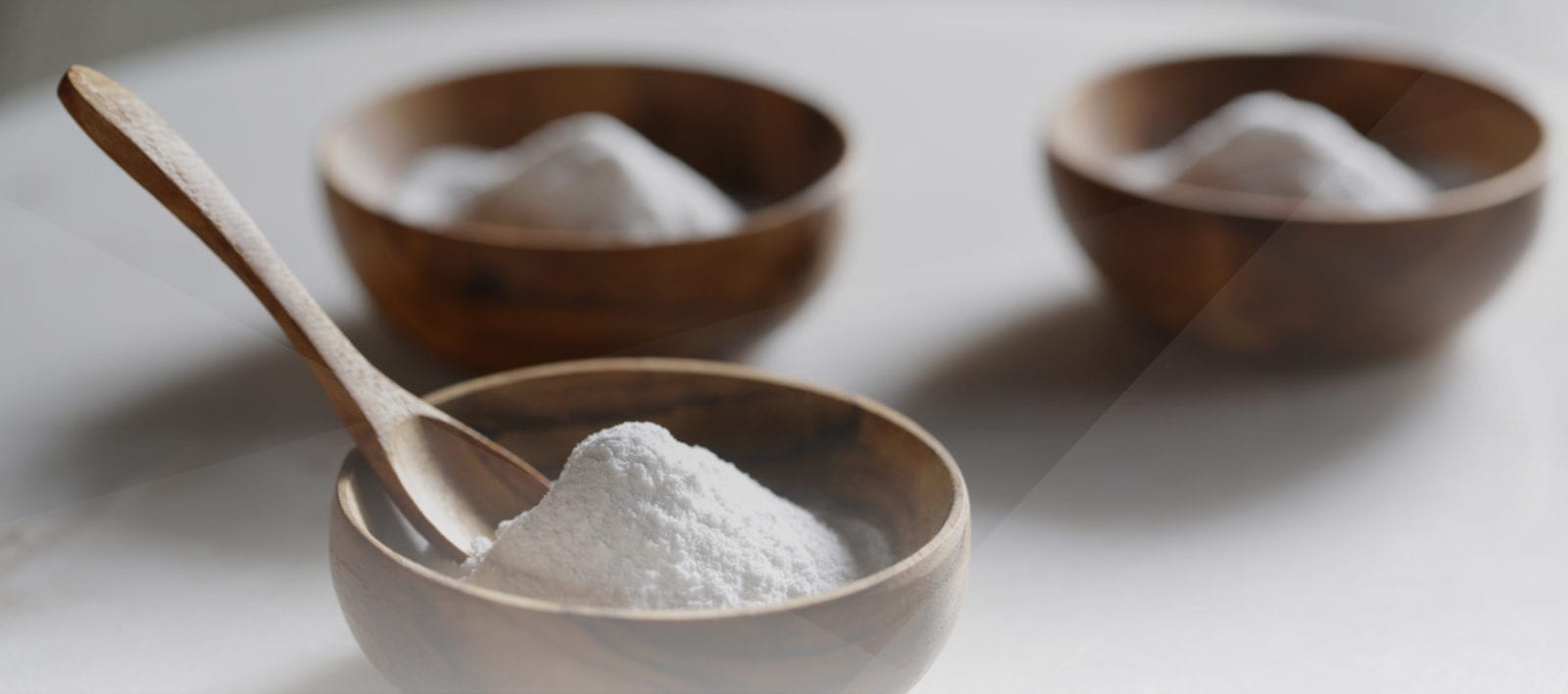
By 2026, the global nutraceutical market is expected to reach USD 5.75 million, registering a CAGR of 7.73% for the forecast period of 2019-2026 (1). Recent years have seen an exponential rise in diseases, compelling people to increase their nutritional intake, and become conscious of their dietary habits. Consumers are making conscious dietary choices influenced by preventive healthcare to reduce the adverse health effects of a modern and fast-paced lifestyle. As the rise in geriatric population increases across the globe, preventive healthcare has become the need of the hour, leading to a surge in demand for nutraceutical excipients to enhance health outcomes.
Consumers are on the look for supplements to prevent chronic conditions such as high cholesterol, diabetes, blood pressure, among others. The rise in education and awareness about healthy food and habits has also further fuelled this interest. This provides a magnificent opportunity for excipient suppliers.
Through this article, we find out about what exactly is nutraceutical excipients and the different forms available.
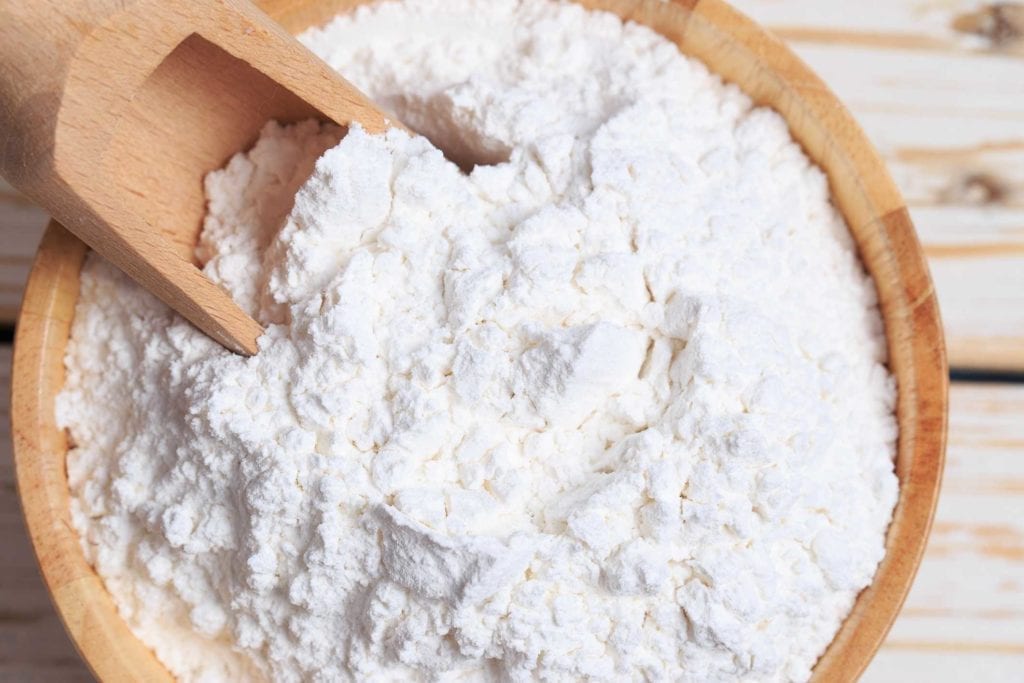
Nutraceutical Excipients: What Are They?
The word nutraceutical is derived from nutritional and pharmaceutical, and they are also known as ‘functional foods.’ Nutraceutical excipients are the inactive components that are prepared with Active Pharmaceutical Ingredient (API) for bulking up solutions that possess powerful active ingredients. These nutraceutical excipients are made use of in standardized and pharmaceutical grade supplements. The skyrocketing increase in medical cost has, in turn, affected the nutraceutical excipient market significantly. Due to the overuse of tests and procedures, lack of information and transparency on quality and prices of medical products and services, as well as the adoption of new treatments and technologies, there has been a huge rise in medical costs.
Rise In Demand for Nutraceutical Excipients
In 2016 alone, the US spending on healthcare soared by 4.3% stretching to USD 3.3 trillion, which accounts for USD 10,348 for every person (2). Nutraceutical excipients market has witnessed exponential growth due to rising health care costs and increased consumer demand for nutraceutical products.
There are numerous forms of nutraceutical products available in the market, such as antioxidants, probiotics, prebiotics, dietary supplements, and others. According to a 2014 study, various types of nutraceuticals such as minerals, dietary fibers, antioxidants, and vitamins, when used in combination with physical exercise was seen as beneficial for cardiovascular diseases (3). This development in the nutraceutical industry leads to a parallel growth in the nutraceutical excipients market. Alongside that, a rise in consumer demand for nutraceutical products and increasing healthcare costs have driven the nutraceutical excipient market.
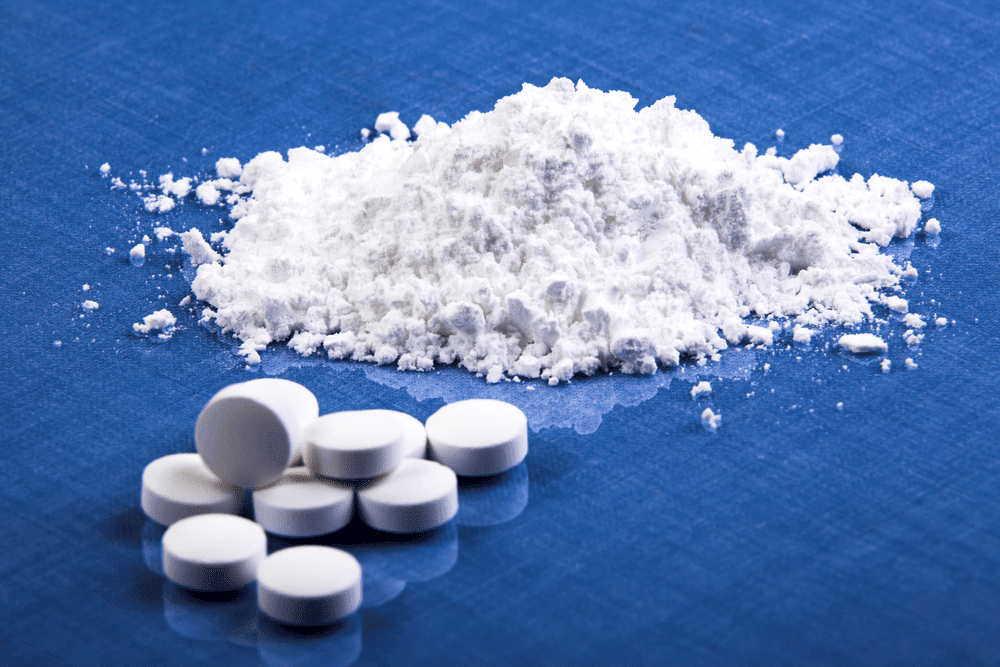
Different Types Of Nutraceutical Excipients
There are various types of excipients, such as flavoring agents, lubricants, disintegrates, coating agents, binders, and fillers, and diluents.
Flavoring agents
If the taste of the content is not good, people will not buy it. They are key food additives and are available in hundreds of varieties such as wine, vegetables, spice blends, seafood, nut, and fruit, which are natural sources of flavoring agents. There are also chemical flavors that try to mimic natural flavorings, which include alcohols that include a medicinal and bitter taste, pyrazines, and ketones add flavor to caramel, terpenoids possess pine or citrus flavor, phenolics contain a smokey taste, and esters have a fruity flavor. The flavoring agents’ primary function is to act as masking agents and make the content taste good.
Lubricants
This excipient prevents ingredients from sticking to the capsule filling machine or tablet punches and also from clumping together. They also ensure that tablet formation can take place without high friction between the die and a solid wall. Fats like stearic acid, magnesium stearate, and vegetable stearin along with minerals such as silica and talc are the most commonly used lubricants in hard gelatine capsules or tablets. They are essential for enhancing the manufacturability of the nutraceutical product; however, they can also lead to a negative impact. Maintaining precise lubrication time is critical as over lubrication can lead to delayed dissolution and softer tablets.
Disintegrates
When disintegrate excipient becomes wet, they expand and dissolve, allowing the tablet to disassemble in the digestive tract or particular sections of the digestive process, allowing the release and absorption of active ingredients. Disintegrates make it possible for the tablet to rapidly disintegrate into smaller pieces enabling dissolution when it comes into contact with liquid. Some commonly used disintegrates include cellulose and starch-based excipients such as microcrystalline cellulose, partially pregelatinized starch, and corn starch.
Coating agents
Coating agents are very important as they make it easier to swallow tablets with bad flavor and also prevent deterioration of the tablet ingredients through air moisture. For coated tablets, generally, a cellulose ether HPMC (hydroxypropyl methylcellulose) film coating is applied and is also free from potential allergen and sugar. Other coating materials such as corn protein zein, shellac, synthetic polymers, and other polysaccharides are also occasionally made use of. For capsules, gelatine is used for coating.
Enteric is responsible for managing the time of drug release and assessing where it’ll be released in the digestive tract. Enteric coatings are often made of plant fibers, plastics, shellac, waxes, and fatty acids (4).
Binders
Binders are responsible for holding together the tablet ingredients. They ensure that granules and tablets can be created with necessary mechanical strength and provide volume to low active dose tablets. They are generally used in wet granulation as they can form a more predictable and effective granule formation. They are also classified according to their application:
solution binders are dissolved in a solvent like polyethylene glycol, sucrose, starch, polyvinylpyrrolidone, cellulose derivatives, cellulose, and gelatin. Dry binders, on the other hand, are mixed with the powder blend either as part of a direct powder compression (DC) formula or after a wet granulation procedure. Examples include polyethylene glycol, polyvinylpyrrolidone, methylcellulose, and cellulose.
Fillers and Diluents
Diluents, also known as filers, are responsible for increasing the weight, volume, or dosage form in a nutraceutical product. Generally, diluents account for a significant chunk of the dosage form. Diluent excipient’s chemical and physical properties are major variables in manufacturing as well as the performance of the product. As such, they should be tightly controlled and clearly understood. Some examples of diluents include calcium carbonate, kaolin, and sorbitol. They are also available in a wide range of water-soluble and water-insoluble diluents.
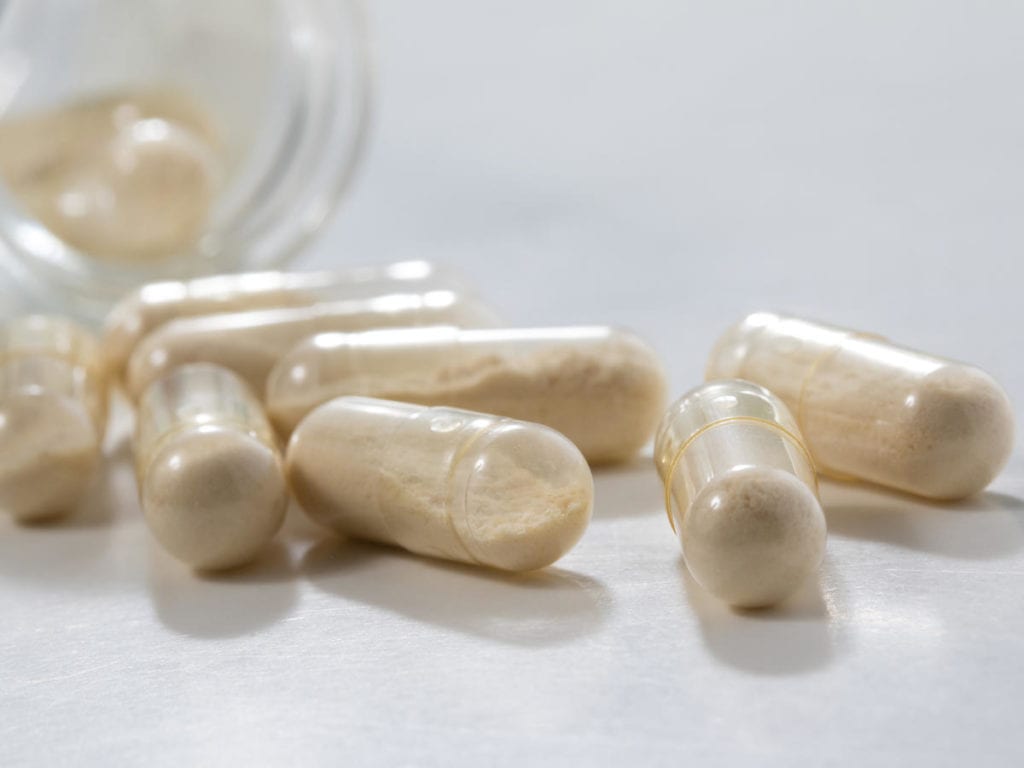
Nutraceutical Excipient End Products
Nutraceutical excipient end products include the following, and they are also available in dry and liquid forms.
Prebiotics
These supplements can be taken routinely to encourage the growth of good bacteria in the gut. They often contain fermentable fiber, which supplies food for good bacteria such as bifidobacterial and lactobacilli. They are different from probiotics in the sense that they are unaffected by acidity and heat and are highly stable and are not live bacteria.
Probiotics
Probiotics are yeast and good bacteria that are very beneficial for your digestive system. They ensure that your gut is healthy. You can find probiotics in food items like yogurt as well as supplements. They are classified into different types, such as saccharomyces boulardii, Bifidobacterium, and lactobacillus (5).
Proteins and Amino acids
Protein powder and amino acid supplements produce different outcomes. Protein powders contribute calories and boost your total protein and encourage muscle development and motivate a healthy diet. On the other hand, amino acids target very particular and diverse sections of your metabolism. Some amino acids can enhance muscle performance, while others can affect brain chemicals. They are very popular among fitness and sports enthusiasts.
Minerals
Mineral nutraceutical products are beneficial for various reasons. They are essential for general well-being and function of the human body. They ensure strong bones, muscles, and optimal functioning of the brain and heart. They are available in liquid, powders, chewable tablets, and pill forms. Sulfur, sodium, potassium, phosphorus, magnesium, chloride, and calcium are examples of some essential minerals.
Vitamins
The most popular and sought-after supplements are multi-vitamins, Vitamins B, C, and calcium. Vitamin nutraceutical supplements have various benefits. Calcium encourages bone health, and Vitamin D aids the body in absorbing calcium. Antioxidants like vitamin C and E prevents cell damage and promote overall well-being. Vitamin supplements are available in various forms and are often targeted for specific use and even for particular demographics such as multivitamins for women. Since its challenging for everyone to get all the nutrients from their diet, vitamin supplements have become increasingly popular.
Omega-3 Fatty Acids
Omega-3 fish oil supplements are also another popular option and have many benefits for people with heart health and for promoting overall good health. It contains both eicosapentaenoic acid (EPA) and docosahexaenoic acid (DHA). They are generally considered safe; however, it’s essential to consult a doctor first if you want to consume in higher dosages.
Final Take on Nutraceutical Excipients
The nutraceutical supplement market has seen a meteoric rise in recent years, and there’s no way but to go up. As people become more health-conscious, the popularity and demand for nutraceutical products are sure to see a considerable rise. As people become busier, it becomes challenging to maintain a perfect nutrient intake. This increases the scope of the nutraceutical industry. Similarly, it provides ample opportunities for nutraceutical excipients manufacturers and dealers.
Manufacture Your Private Label Supplements With SMP Nutra
After carefully choosing the type of supplement you want to create, the team at SMP Nutra can help you formulate and create the supplement to bring it to your store. We offer services all along the manufacturing process from manufacturing the actual supplement to bottle label printing and label application. Contact us today to get started.
References:
- https://www.databridgemarketresearch.com/reports/global-nutraceutical-excipients-market
- https://www.healthaffairs.org/doi/full/10.1377/hlthaff.2017.1299
- https://www.ncbi.nlm.nih.gov/pmc/articles/PMC4336979/
- https://pdfs.semanticscholar.org/bc76/75ba5e84bf37652853e45bb835bbcbde883d.pdf
- https://www.webmd.com/digestive-disorders/what-are-probiotics#1
- https://www.webmd.com/hypertension-high-blood-pressure/guide/omega-3-fish-oil-supplements-for-high-blood-pressure


